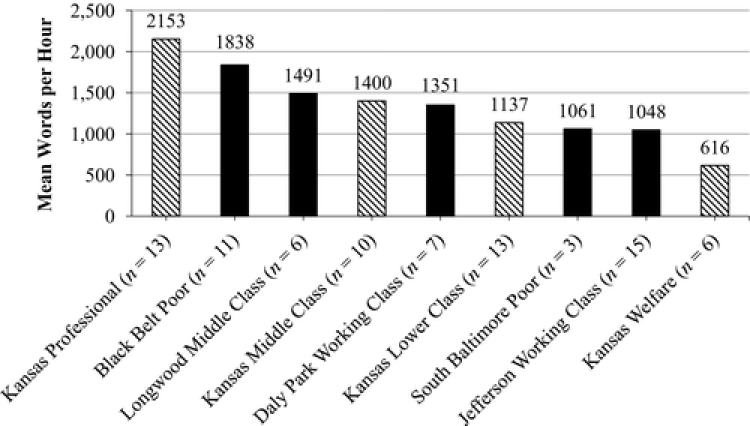Reexamining the Verbal Environments of Children From Different Socioeconomic Backgrounds

SIGNIFICANCE: Hart & Risley’s initial study prompted great concern in the fields of child development and beyond. In the years following its publication, it has provided basis for multiple early intervention programs, including the Clinton Foundation’s Too Small to Fail Initiative. A failed replication of the influential paradigm calls for a reexamination of the original data and the action it implicates.
Source:
https://onlinelibrary-wiley-com.colorado.idm.oclc.org/doi/full/10.1111/cdev.13072
Categories: Editorial Board Blogs

